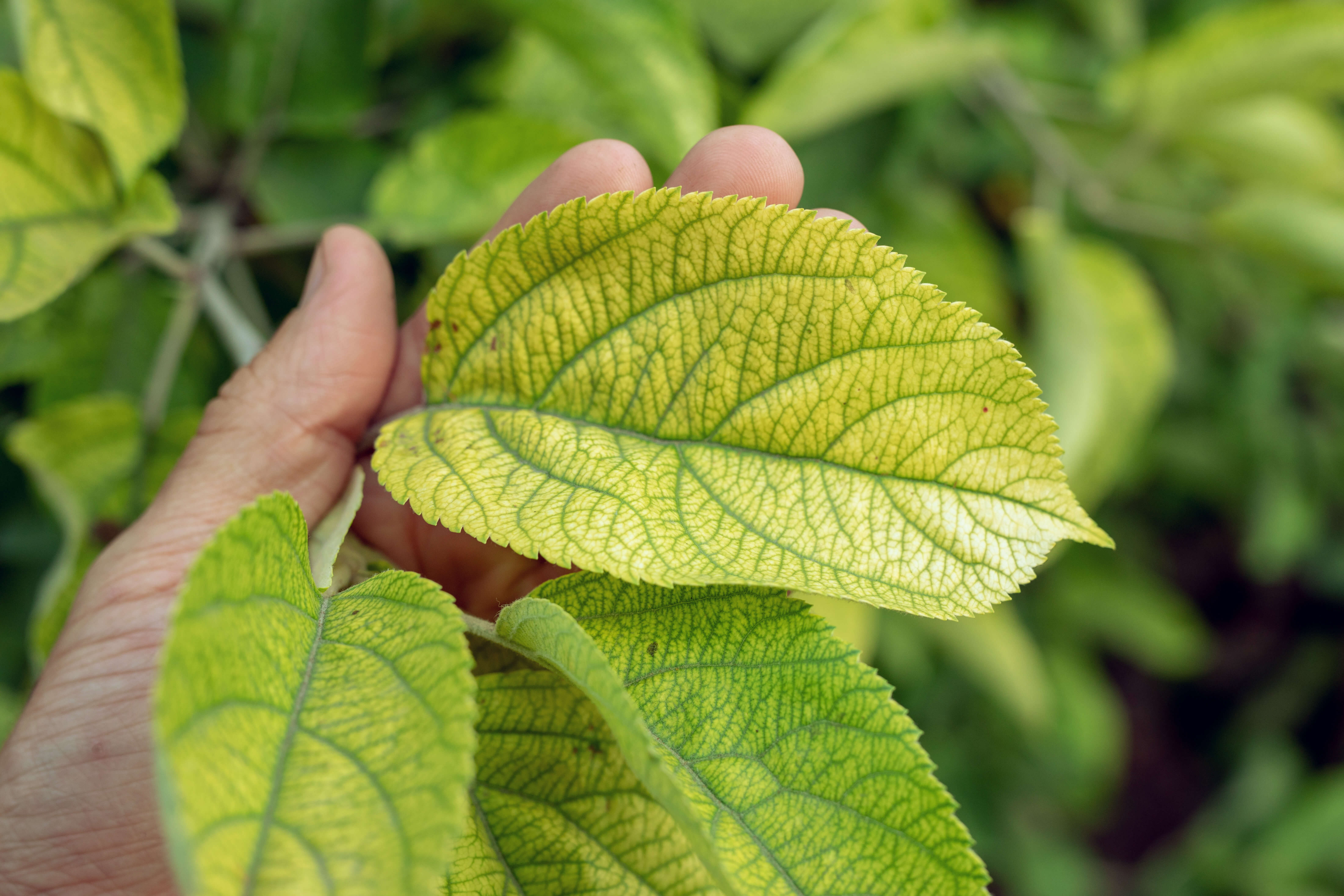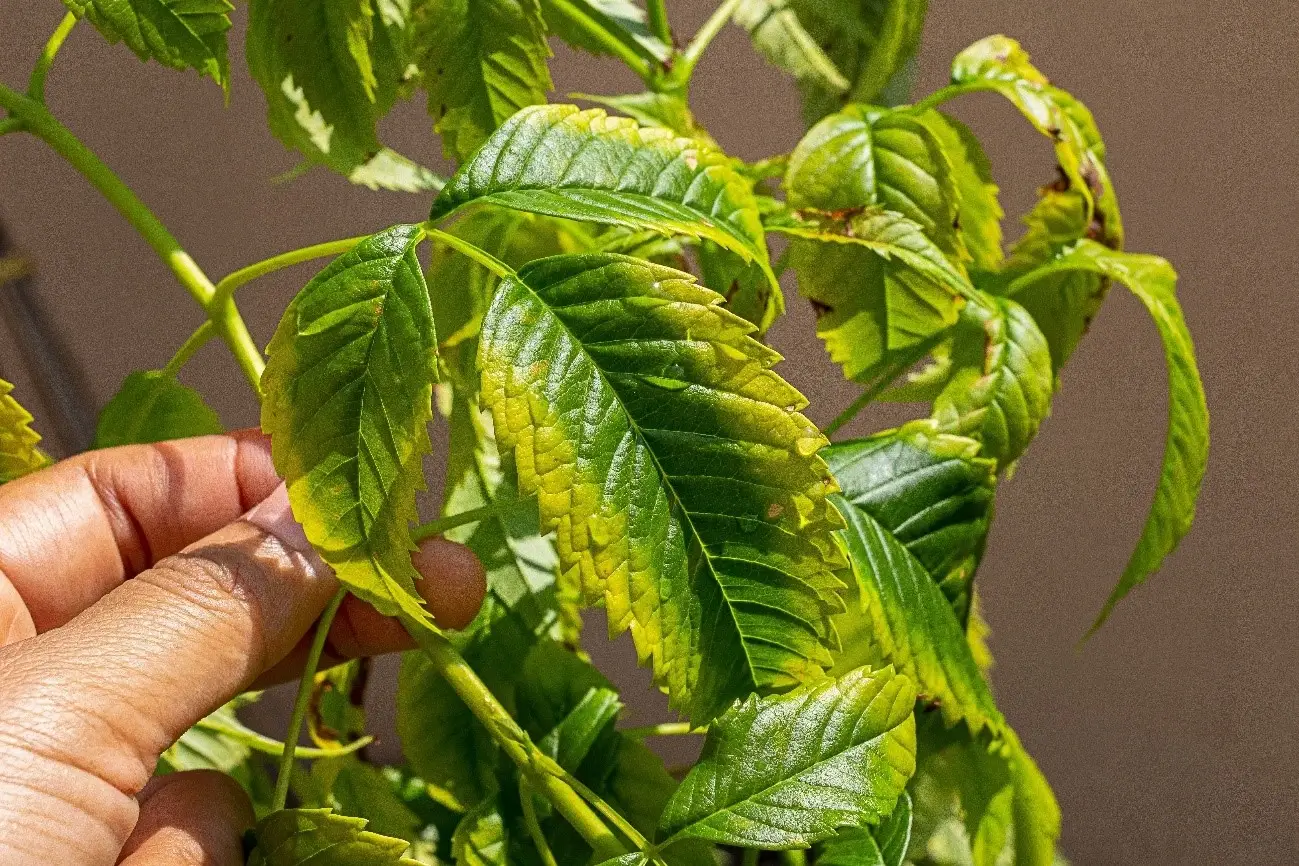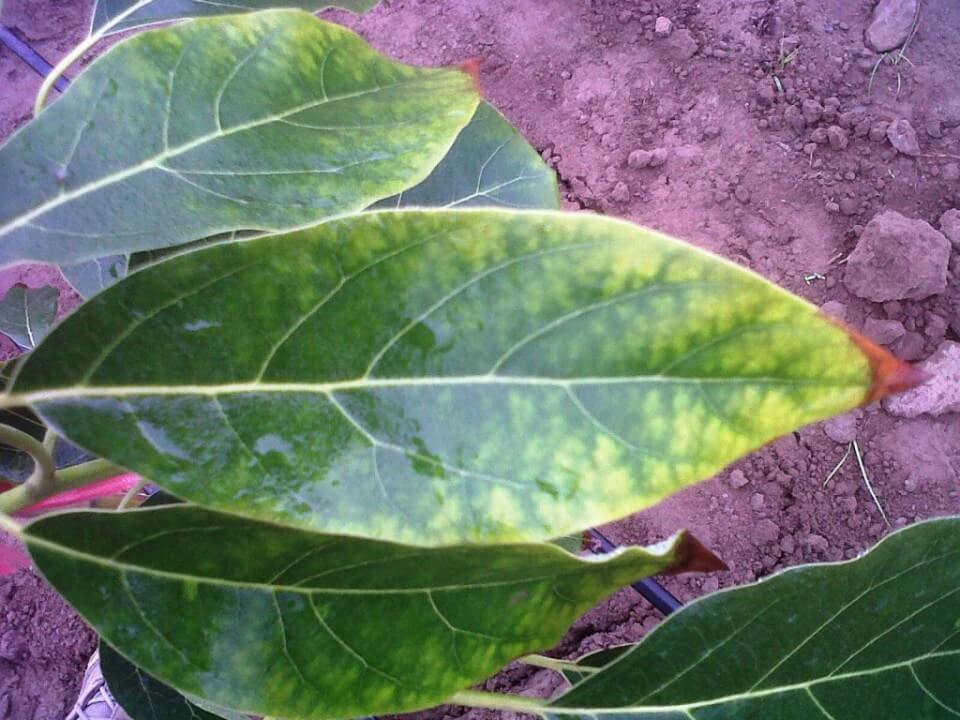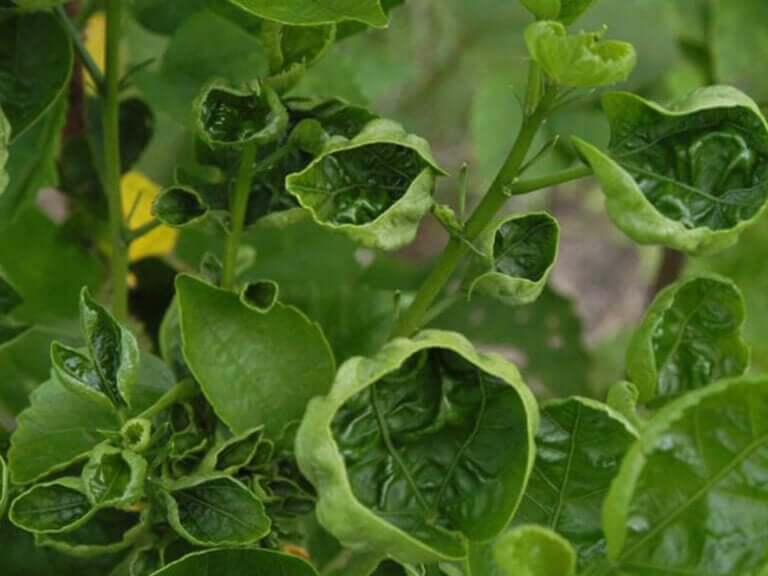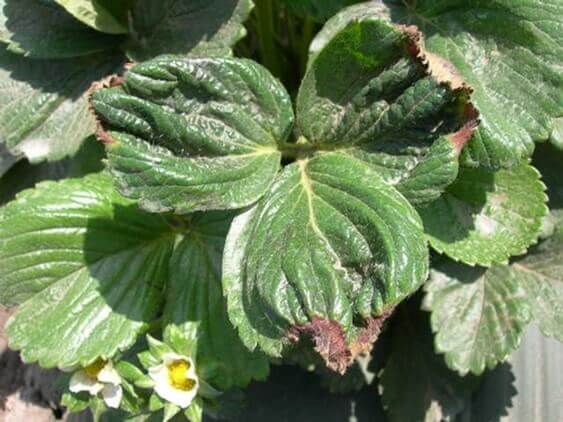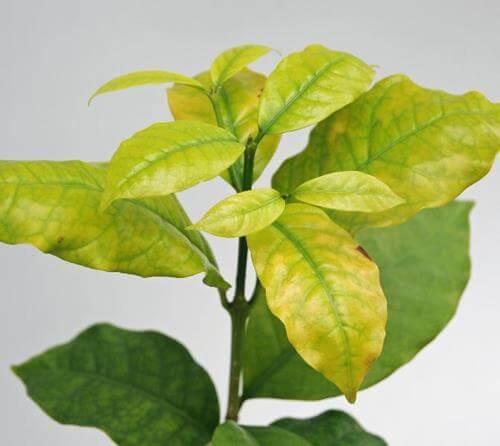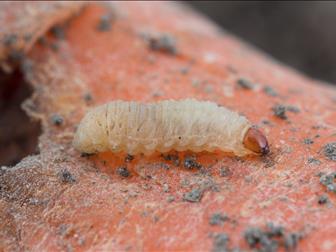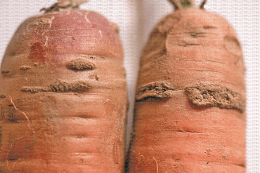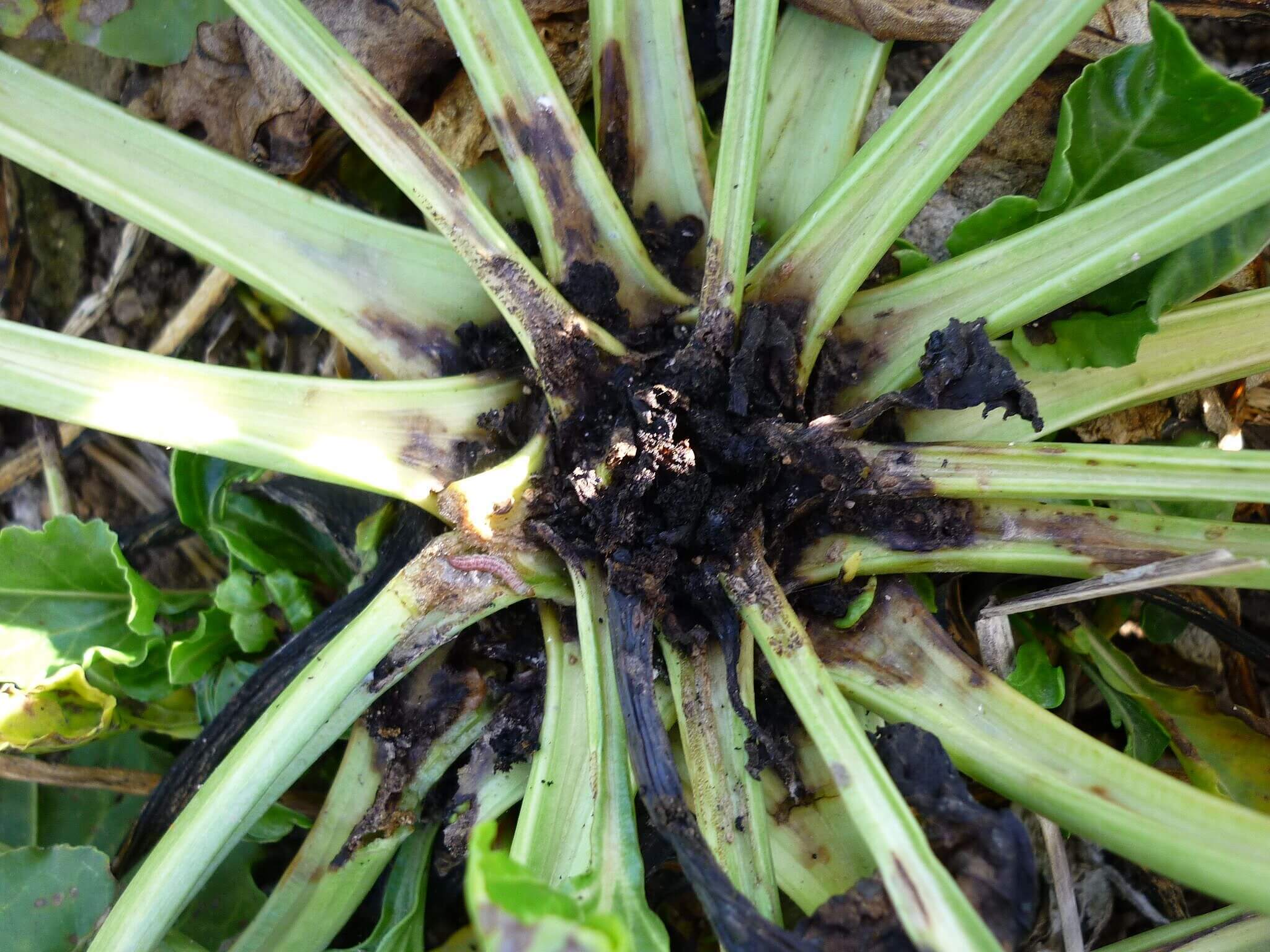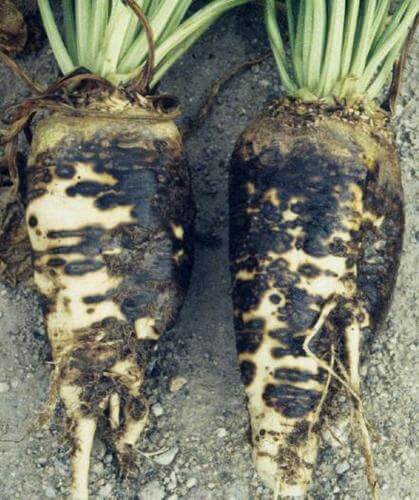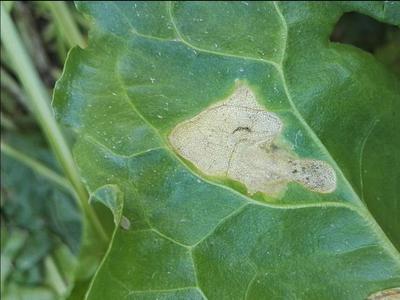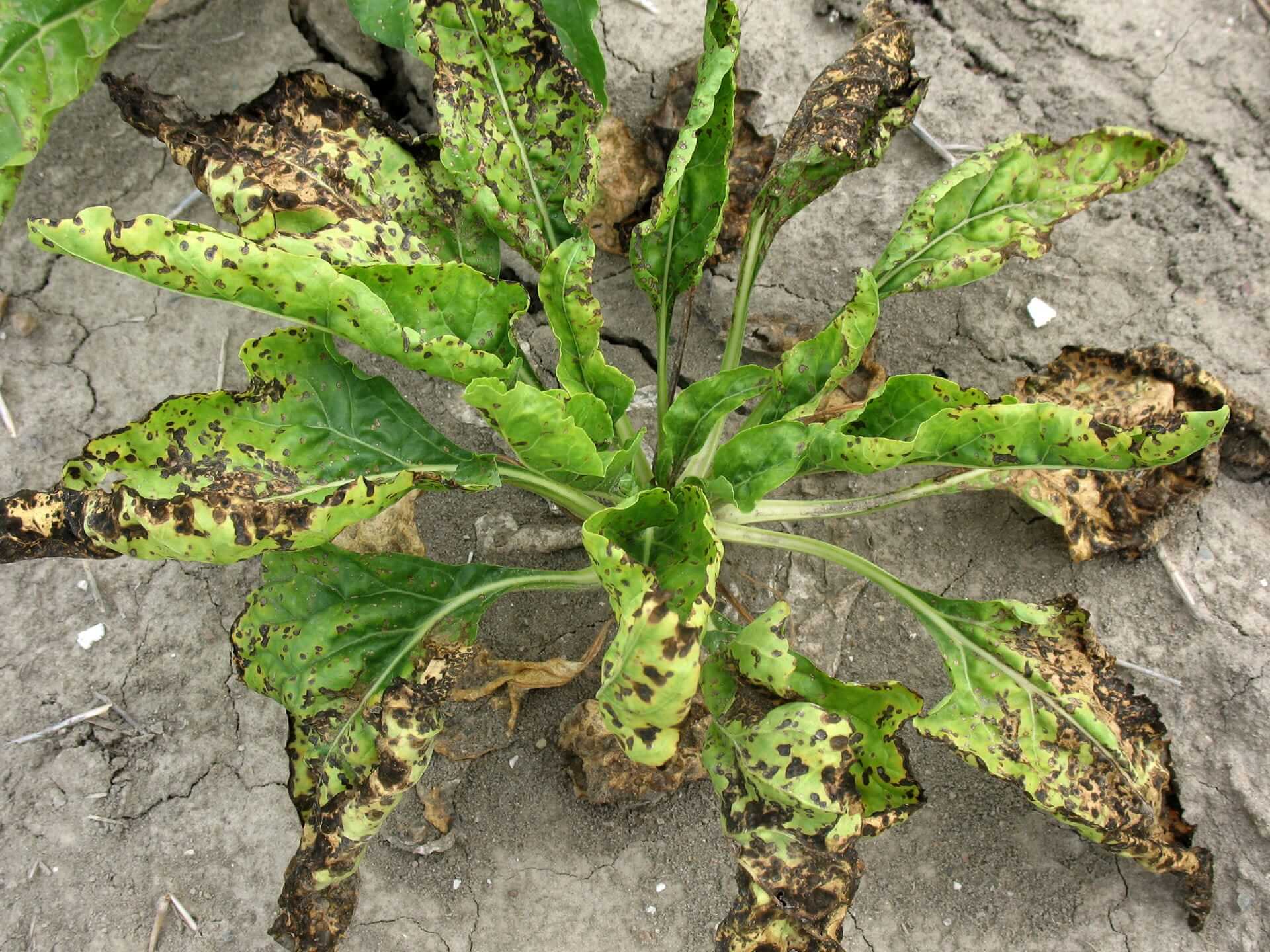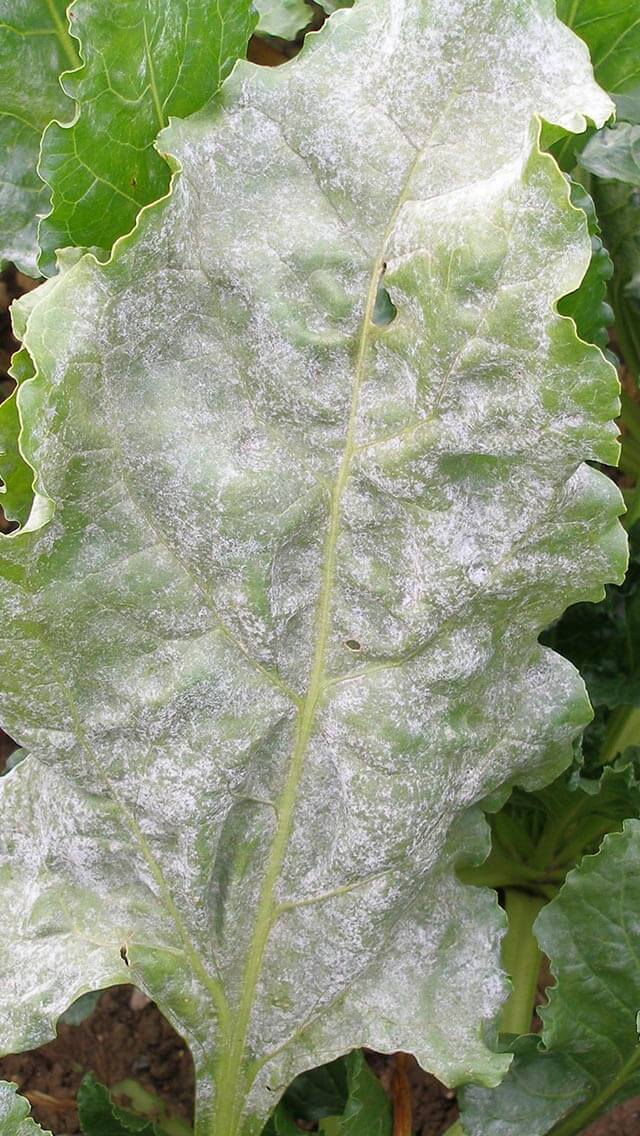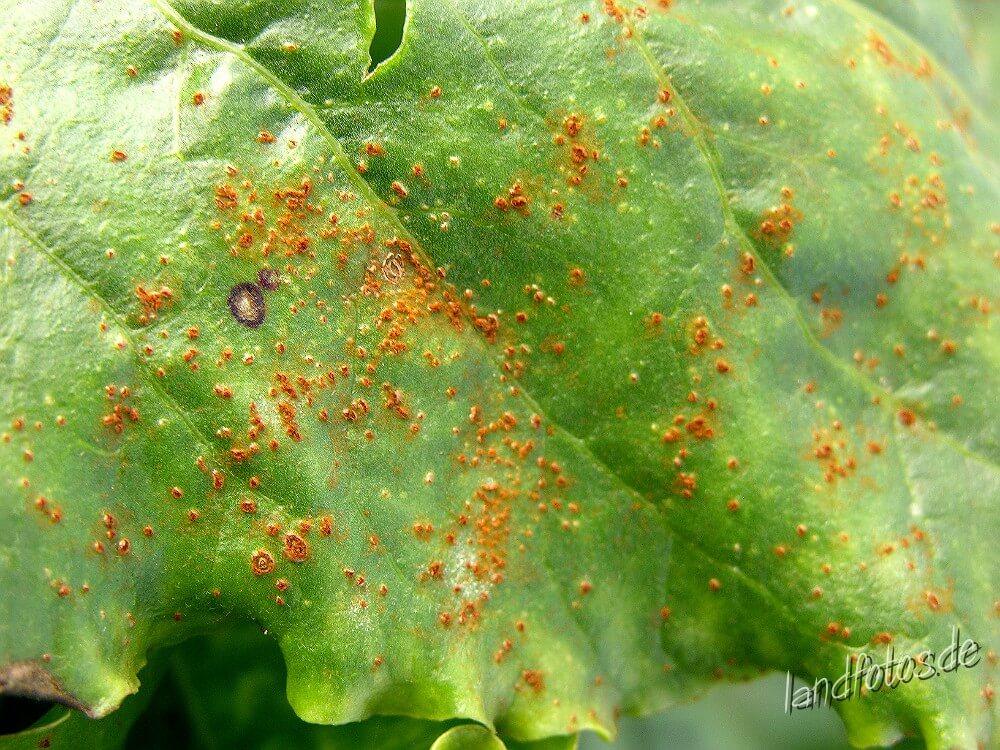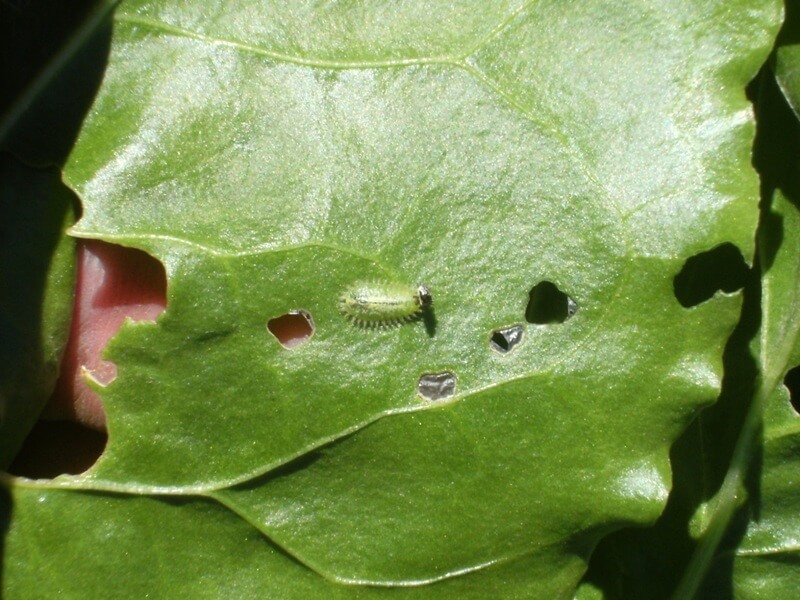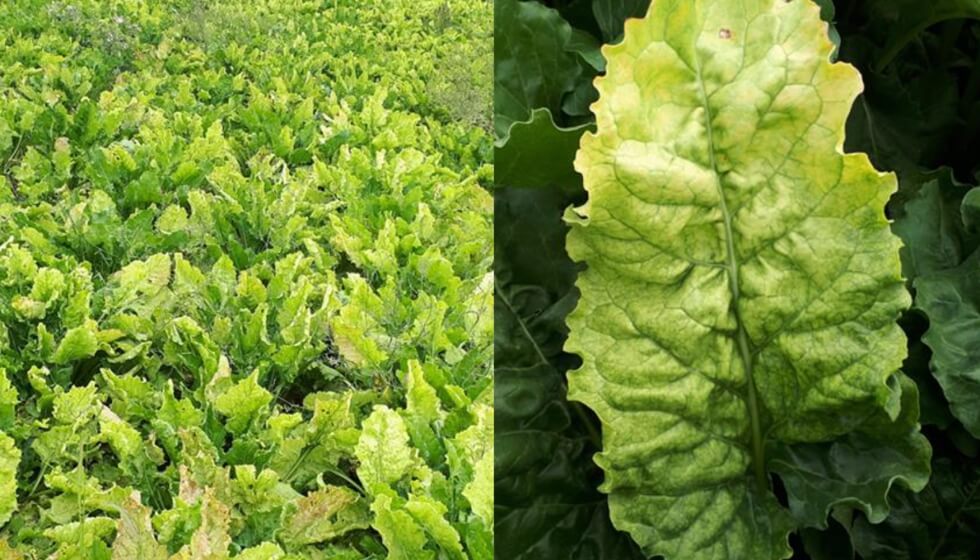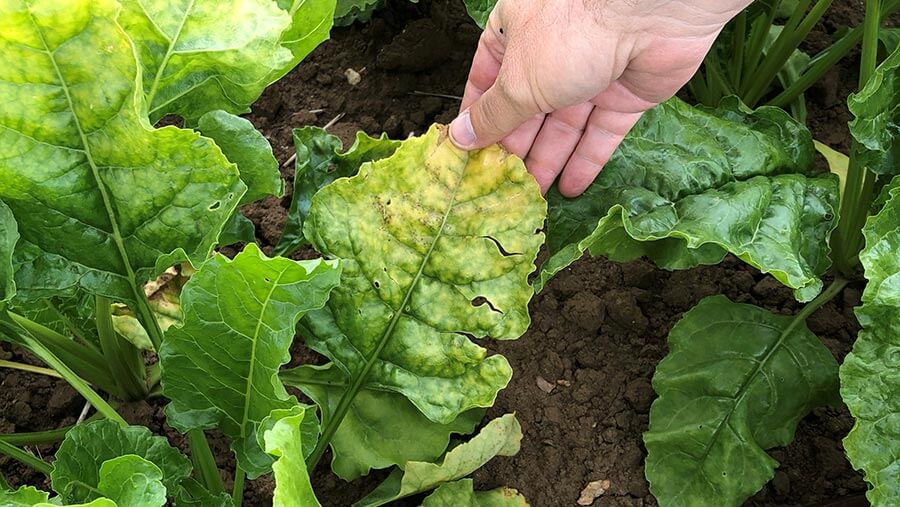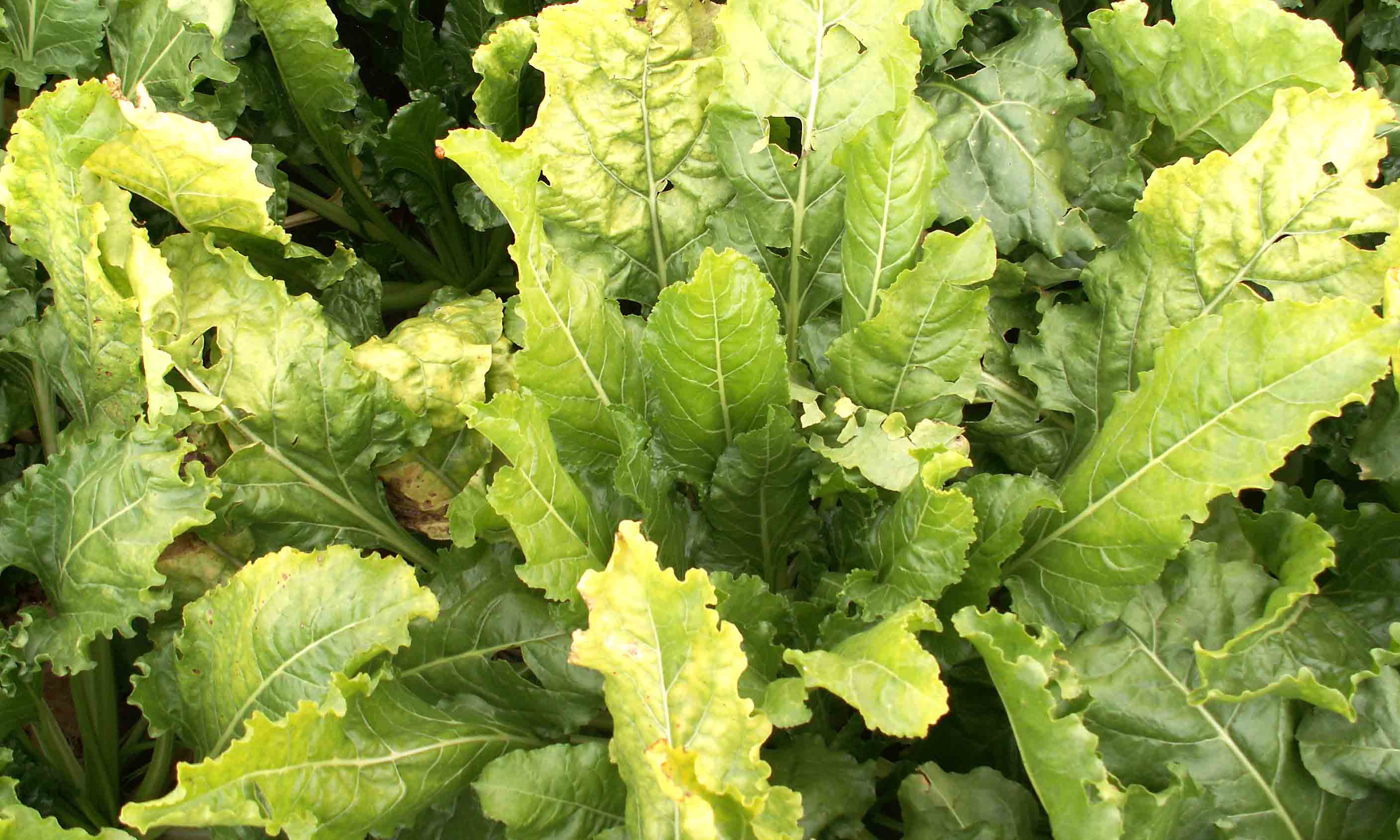
Zanahoria
How to recognize and combat thrips on carrots
Thrips
Insect
Type:
Risk to the plant:
HIGH
Frankliniella Occidentalis
Pathogen:
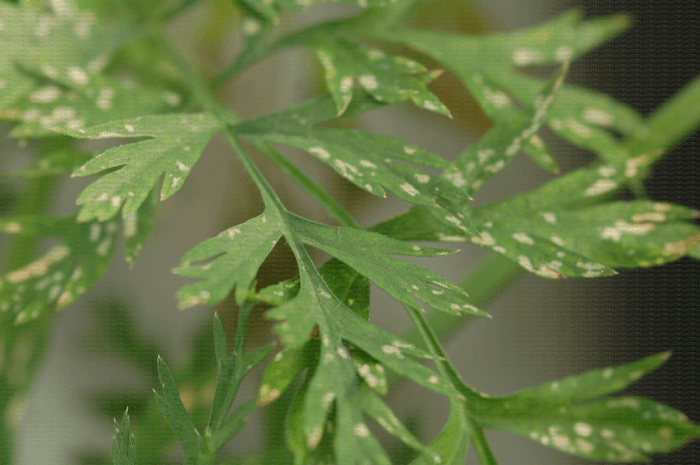
Trips
WHO CAUSES IT?
Frankliniella occidentalis, known as the western flower thrips, is a small insect belonging to the family Thripidae. This insect has an elongated, narrow body, usually yellow to brown in color, and is approximately 1-2 mm in length. Its development cycle includes the egg, larva, pupa and adult stages. Females lay their eggs within plant tissues, where larvae emerge and begin feeding. The larvae go through two instars before entering the pupal phase, which can occur in the soil or on the surface of leaves. Finally, the adults emerge and continue the cycle of feeding and reproduction. The life of a thrips can be completed in approximately two weeks under favorable conditions, allowing for multiple generations per year.
SYMPTOMS
Frankliniella occidentalis infestation on carrots causes the disease known as thrips, which can result in significant damage to both the quality and quantity of the crop. Thrips feed by sucking cellular juices from the leaves and roots, which can weaken the plant and affect its development.
- Silvery or discolored Taches on the leaves.
- Dotted and wrinkled feeding areas.
- Distortion and malformation of the leaves.
- Reduction in the vigor and growth of plants.
- Healing on the surface of the roots.
- Delay in the development of carrots.
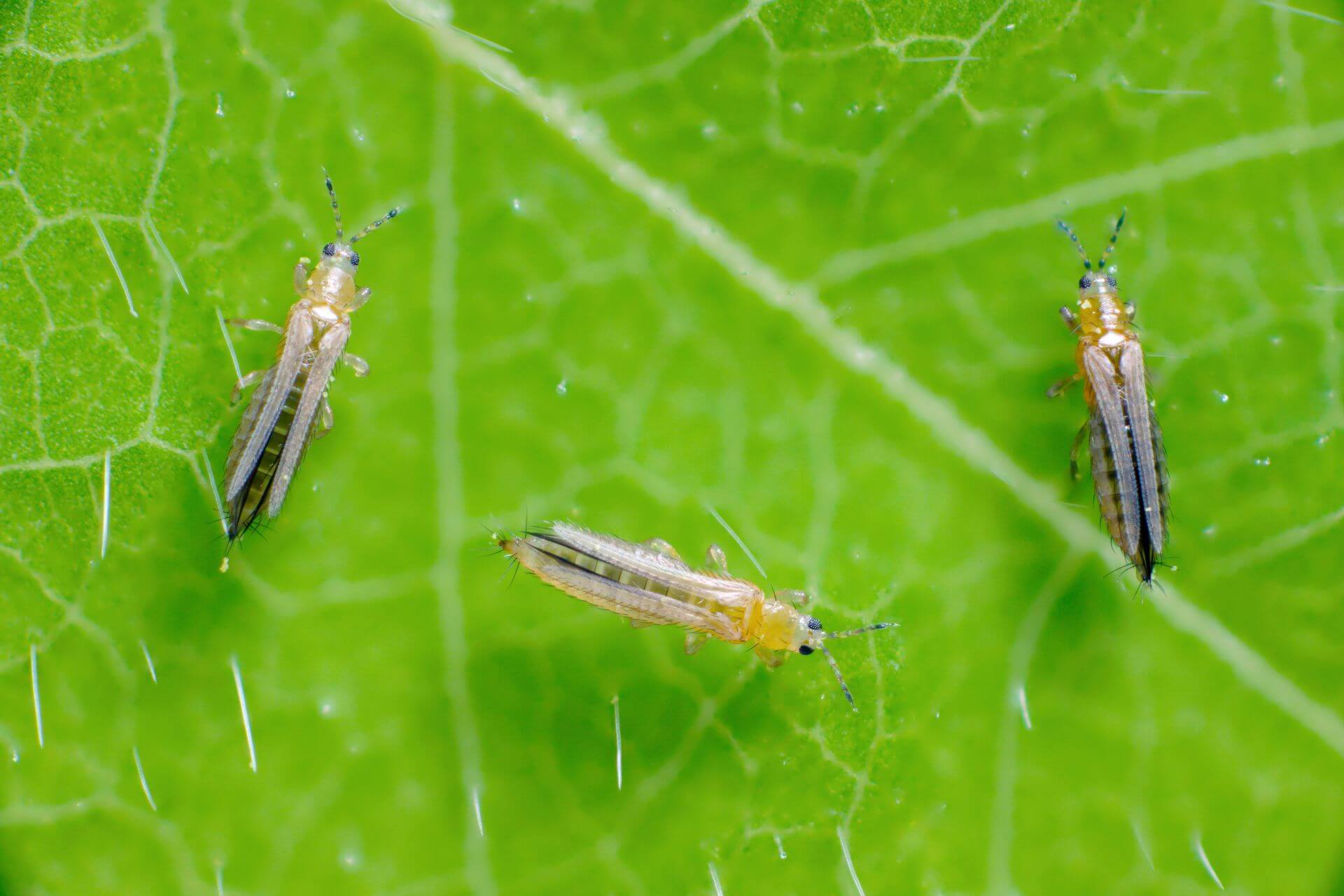
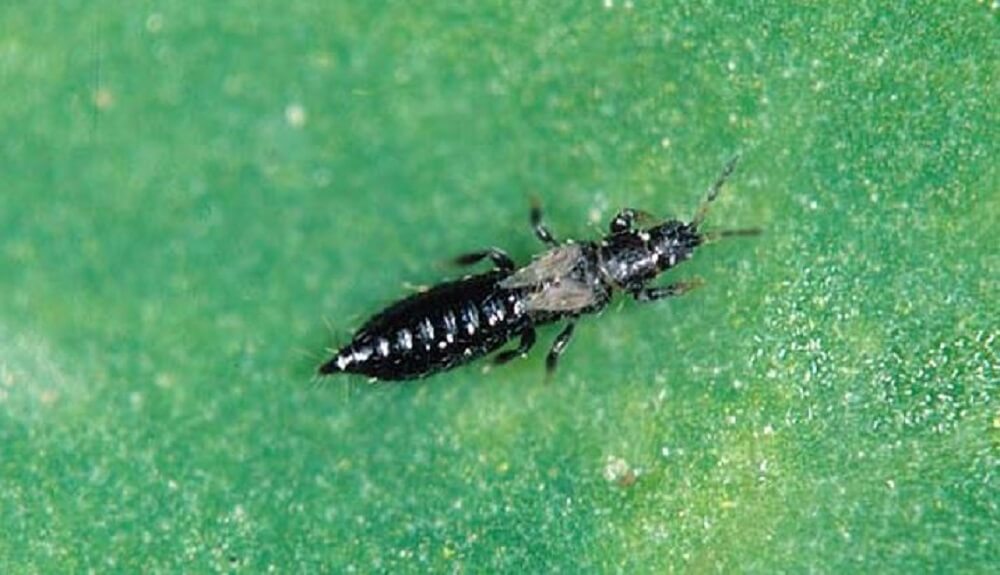
DEVELOPMENT CONDITIONS
Temperature:
20°C - 30°C
Humidity:
50% - 70%
HOW IS IT SPREAD?
Wind, infested plants, contaminated agricultural tools, workers' clothes and hands, vector insects
HOW TO ELIMINATE IT?
Home treatments
There are no home treatments
Natural allies
Chemical treatments
There are no treatments for this disease. Treatments are directed at the insect vectors that transmit it. See insect treatments.
RECOMMENDED PRODUCTS TO ELIMINATE THE PEST
Sponsored link
Sponsored link
Sponsored link
Sponsored link
Sponsored link
Sponsored link
Sponsored link
Effective against all types of fungi
Sponsored link
Sponsored link
Sponsored link
Sponsored link
Sponsored link
REPELLENT PLANTS
-
RECOMMENDATIONS





















